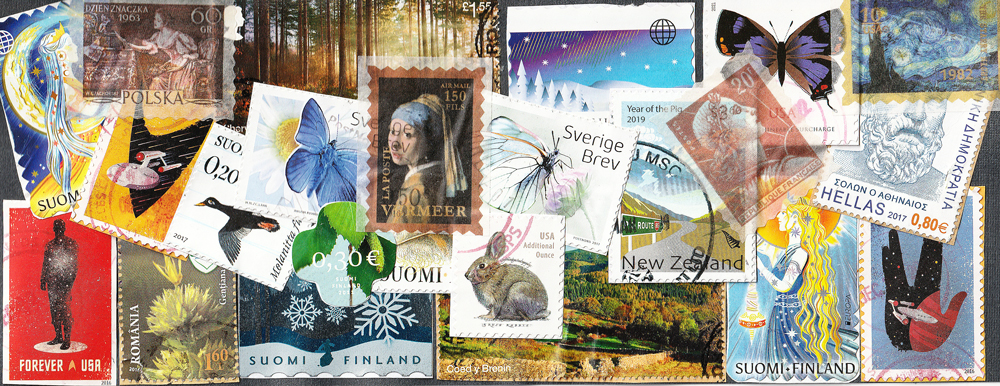Oblente – Large standing drum. The principal drum of the Ga people. Ghana.
Obonu – A set of hourglass royal drums from the Ashanti region West Africa. The obonu are played with stick during ceremonial and official occasions. They are also known as fontomfrom. Ghana.
Obrenten – A single-headed, peg-tuned, hourglass-shaped master drum. Ghana.
Ocarina – A traditional vessel flute usually made of clay, terracotta or ceramic. Nonetheless other materials are also used. For example; plastic, wood, glass, metal, or bone. It is found in many different cultures. Name variations: okarina.
Octavilla – A small plucked 12-string guitar tuned similar to a bandurria. Spain.
Odaiko – Large drum. Japan
Odono – Small hourglass-shaped talking drum. (Ghana).
Oghene – Oval shaped metal gong of the Igbo people. The ogenes were originally made in bronze but, in modern times they are largely made of common metals. It’s struck on its rim. Nigeria.
Ogung – A set of four iron gongs from Sumatra. Indonesia.
Oja – Small three holed wooden Ibo flute. Nigeria.
Ojeh – An Igede metal gong that is played during dances and celebrations. Nigeria.
Oko – Side blown trumpet of the Edo people. Nigeria.

Okónkolo – The smallest of the Cuban batá drums that are traditionally used in Afro-Cuban religious ceremonies. The okónkolo is hourglass-shaped and plays a rhythmic pattern that changes when indicated by the iyá drum.
Okpirih – An Igede wooden tenor drum that forms a set with the egbong and ubah drums. Nigeria.
Omele – A small talking drum. Nigeria.
Ootsuzumi – Japanese hourglass-shaped hand drum. Also known as Ookawa and otsuzumi
Opikeh – A side-blown Igede bugle made from antelope horn. It was traditionally used as a battle call instrument. Currently, it is used in dances and celebrations. Nigeria.
Organetto – 1 – Diatonic accordion used in traditional music. Italy. 2 – A light portable predecessor of the organ, from Medieval Italy. It has a button keyboard and only one note can be played at a time.

Organistrum – A large size 12th century Medieval instrument from Europe that was typically played by two musicians. It is known as the precursor of the hurdy gurdy and there are records of it found on the stone reliefs of European Romanesque cathedrals. Musicians playing organistrums can be found in the porticoes of the Santiago de Compostela cathedral (Spain), the Colegiata in Toro (Zamora, Spain), the Abbey of Saint Georges in Saint Martin de Boscherville (France) and other churches.

Spanish luthier Jesús Reolid recreated an organistrum based on the Toro Colegiata stone carvings in his workshop located in Pelayos de la Presa (Madrid). Reolid recruited a team of acclaimed luthiers that included Carlos Paniagua, Carlos do Viso, Mario Unsain and Olivier Féraud.

Luthiers Francisco Luengo and César Árias bult an organistrum based on the carvings at the Portico of Glory at the Cathedral of Santiago de Compostela.
Ovcharska svirka – End blown shepherd’s flute, 30-50 cm long. Bulgaria.


